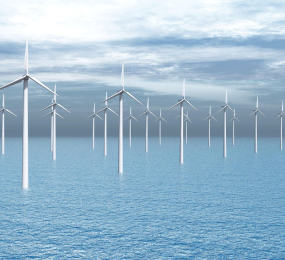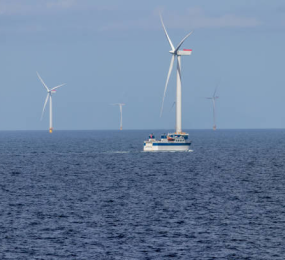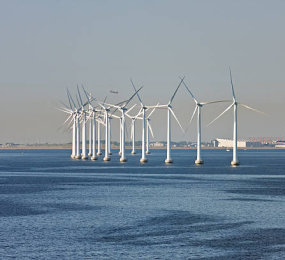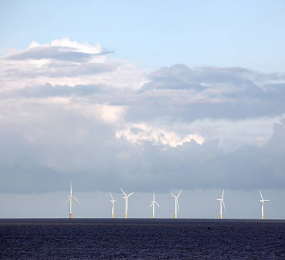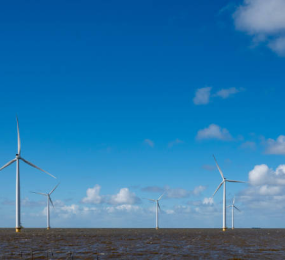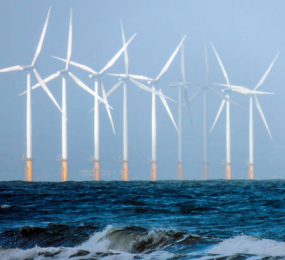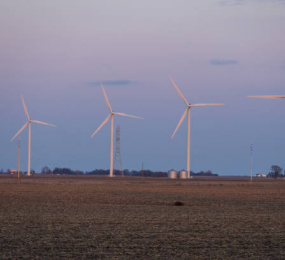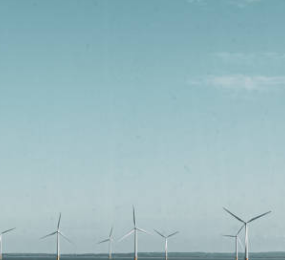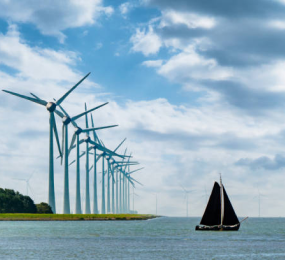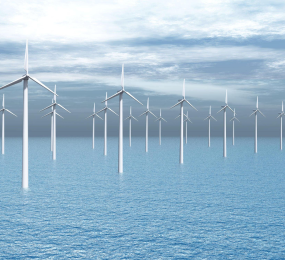Imagine we are in 2035, and you stand on a deck of an advanced offshore wind farm. The early morning sun has cast a yellowish color on the waters that are blue and silent. This is more than just a step towards efficient energy transfer; it is an indication of how effective, dependable and green off-shore substation can be. This future vision came about from smartness, cooperation as well as the industries’ relentless push into farther horizons of offshore power production. But what got us here? This article highlights the design breakthroughs in offshore substation that have delivered such possibilities. We’ll show you how services cater to the needs of industry leaders with input from Leadvent.
Evolution of Offshore Substation
The present day’s offshore substations are not bound by conventional designs as they have come through decades-long evolution since they were first introduced. According to IRENA, global offshore wind capacity will exceed 234 GW by 2035 compared to 29.1 GW installed at the end of 2019.The demand for innovation has been responded to by firms like Leadvent who provide leading advisory services.
Key statistics and Projections
According to BloombergNEF, investors are expected to spend over $1 trillion between 2018 and 2040.China’s total electricity consumption could be almost eighteen times over by their own calculations. GWEC projects that this amounts to enough capacity for generating electricity globally. World Wind Journal indicates that this change has resulted in a 60% plunge in LCOE. Another source states that higher energy yields up to thirty percent can be achieved with advanced technology.
Exploring Design Innovations
These include Statoil's Hywind Scotland Pilot Park and Merkur Offshore Wind Farm which serve as case studies for a fierce technological drive. One notable feature about Hywind is its “spar buoy” substation platform while Merkur employs compact High Voltage Direct Current (HVDC) technology. The Hornsea Project One in the UK illustrates this approach with a multi-platform concept..
Answering Expert FAQs
Q: What are the main challenges in offshore substation design?
A: The main obstacles include dealing with hostile marine environments, guaranteeing component reliability and durability, and managing construction and maintenance logistics on open seas. These barriers can only be overcome using advanced techniques of materials and technology as well as sophisticated engineering solutions.
Q: How do innovations in substation design contribute to reducing the Levelized Cost of Electricity (LCOE)?
A: The ability of offshore substations to reduce LCOE through better efficiency and reliability translates into reduced amounts spent on operations and maintenance. By developing HVDC systems and other advanced technologies that enhance efficient transmission over long distances, losses can be minimized while allowing economies of scale for wind power generation.
Q: Can offshore substations be environmentally friendly?
A: Modern designs feature environmental sensitivity which encompasses minimal footprint, use of eco-materials & methodologies plus provision for surveillance as well as containment systems against any harm towards ocean biodiversity.
Q: Are there any emerging trends in offshore substation design worth noting?
A: These include artificial intelligence, machine learning for predictive maintenance, drones and robotics for inspections and the development of floating substations to support deepwater wind farms. The trends show how the industry focuses on innovation as well as efficiency.
When experts talk about offshore substation designs they usually discuss reliability, energy yield and environmental impact. How does digitalization boost operational efficiency? Can substations withstand the challenges of floating farms? The answers lie in continued R&D commitment and acquisition of digital and green substation platforms.
The Future of Offshore Substation
Emerging trends such as AI integration and IoT allude to greater dynamism. Offshore substations face challenges but stand resilient, poised for more groundbreaking advances.
This thinking is driving the design of smart, safe, sustainable grids—a goal shared by market leaders such as Leadvent supported by its services.
In conclusion, our opening story could be closer than we think. This ongoing increase in capacity amid falling LCOE, coupled with higher energy yield shows an upward trend for offshore wind—the trajectory followed by Leadvent among other pioneers.
To better understand these developments in designs of offshore substations through stats, sources or stories join us here further into the discussion.


